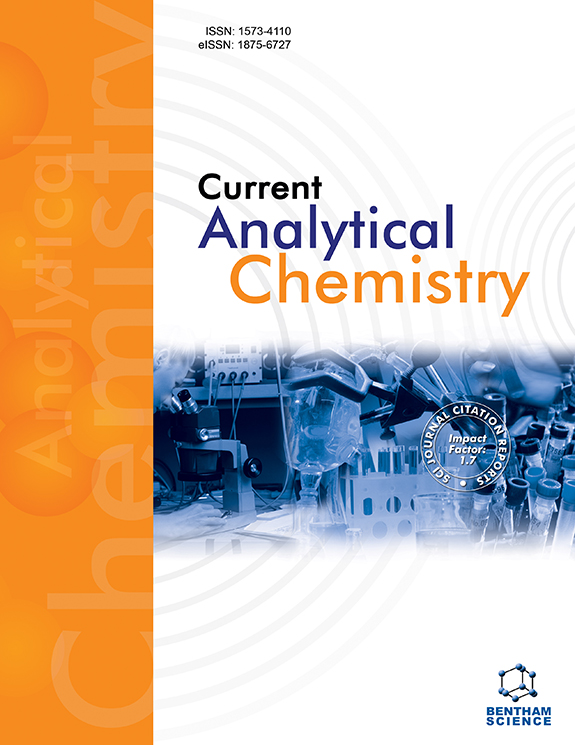Submission Tilte
Chemical and Nutritional Profile of Fruit, Vegetables and Co-Products to Improve Human Health
Submission Abstract:
Fruit, vegetables, and co-products’ consumption plays an important role in human nutrition, contributing to the increase in life expectancy and prevention of chronic non-communicable diseases, especially due to the presence of minerals, vitamins, and dietary fiber. The protective effect exerted by fruit and vegetables is attributed to the presence of compounds known as antioxidants capable of capturing free radicals, highlighting vitamins, phenolic compounds, and carotenoids. Different species and varieties of fruits and vegetables have different phytochemical profiles, and the combination of them, such as orange, apple, grape, and blueberry has been shown to display a synergistic effect in antioxidant activity. It is known that a diet rich in vegetables and fruits can lower blood pressure, reduce the risk of heart disease and stroke, prevent some types of cancer, lower the risk of eye and digestive problems, and have a positive effect on blood sugar, which can help keep appetite in check. Eating non-starchy vegetables and fruits like apples, pears, and green leafy vegetables may even promote weight loss. Their low glycemic loads prevent blood sugar spikes that can increase hunger. At least nine different families of fruits and vegetables exist, each with potentially hundreds of different plant compounds that are beneficial to health. Eating a variety of types and colors of produce ensures a greater diversity of beneficial plant chemicals and creates eye-appealing meals. Recently, several new varieties of fruits and vegetables were released by breeding programs with high levels of nutritional properties. Besides, new techniques to identify and characterize these properties have been developed. The purpose of this thematic issue is to gather high-quality papers on the chemical and nutritional profile of fruit, vegetables, and co-products developed by researchers worldwide. Original articles, reviews, and mini-reviews of any fruit and vegetable species are welcome.




